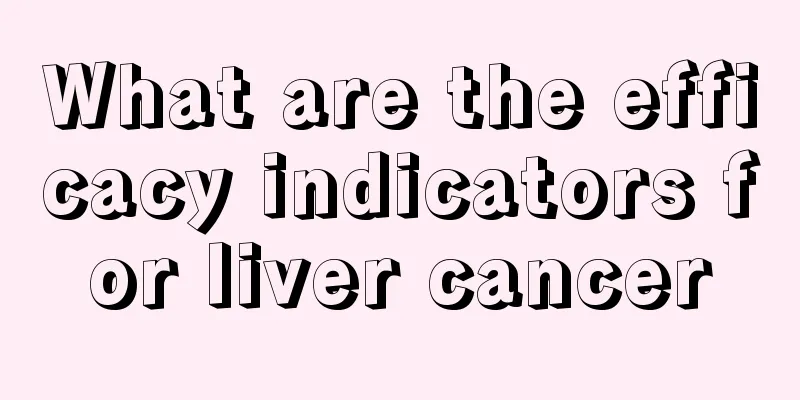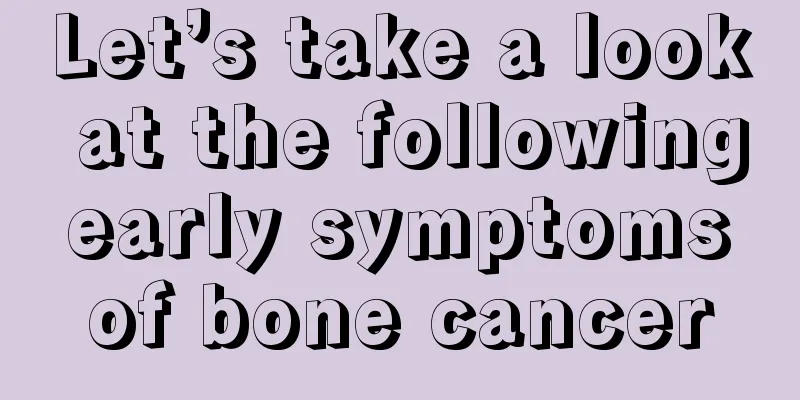What are the efficacy indicators for liver cancer

|
Generally, all liver cancer patients are concerned about whether they can be cured, or what kind of effect they can achieve after surgery or drug treatment. There are two indicators for judging the efficacy of liver cancer treatment, namely liver cancer survival index and tumor response index. Liver cancer survival indicators Survival indicators included overall survival and disease-free survival. The overall survival rate refers to the length of time a patient survives or the percentage of patients who survive within a specific period of time. Regardless of whether the patient has a tumor or not, as long as he or she is alive, the survival period or survival rate is calculated. The disease-free survival rate refers to the survival rate of liver cancer patients in a tumor-free state after surgical resection or in a specific period of time. Tumor response markers Tumor response indicators are mainly used to evaluate the efficacy of non-surgical resection methods. For example, after hepatic artery embolization chemotherapy, whether the tumor shrinks or disappears completely is called complete remission. If the maximum diameter of the tumor shrinks by more than 30%, it is called partial remission. If the maximum diameter of the tumor shrinks by no more than 30% and increases by no more than 20%, it is called stable. If it increases by more than 20% or new lesions appear, it is called disease progression. As for the treatment effect of liver cancer, it is currently believed that the most important efficacy indicator is the patient's overall survival, and whether the tumor shrinks is a secondary indicator. This is because even if the patient's tumor does not shrink, if it is in a stable state, the patient may still survive for a long time, and such treatment is still effective; on the contrary, even if the tumor is shrunk after some intense anti-tumor treatment, but soon the tumor metastasizes to multiple parts of the body or the toxic reaction of the treatment causes the failure of important organs, then such treatment is ineffective and undesirable. |
<<: What does conventional treatment for gastric cancer include
>>: When is it appropriate to do palliative resection of liver cancer
Recommend
How to choose spring bamboo shoots
Bamboo shoots are a very delicious food, especial...
What to do if your fingers are swollen and painful due to gout
Gout can be said to be one of the common diseases...
Can push-ups train the center seam of the chest?
Push-ups are a relatively comprehensive form of e...
How much does it cost to check for ovarian tumors?
The ovaries are important reproductive organs for...
Will bone cancer recur at the age of 25?
Will bone cancer recur at the age of 25? Nowadays...
What is the function of activated carbon mask
As the air quality deteriorates, many people are ...
What are the early symptoms of brain cancer
What are the early symptoms of brain cancer? Some...
What is the cause of hematuria
The urine of a normal person should be clear. Man...
The method of making garlic soybean sauce is like this
Garlic soybean paste is a sauce that people like ...
Can wolfberries still be eaten if they are stuck together
Wolfberry is very common in our daily life, so ev...
What are the early symptoms of sepsis?
We must pay attention to sepsis because the harm ...
The difference between spinal surgery and orthopedics
Some people simply cannot tell the difference bet...
How to treat cervical cancer hypertrophy
Cervical cancer requires medical treatment as ear...
Why does the pill feel stuck in my throat when I swallow it?
The pharynx is a relatively sensitive area that r...
The fastest solution to eye pain
Eye pain is a disease caused by many reasons, and...









